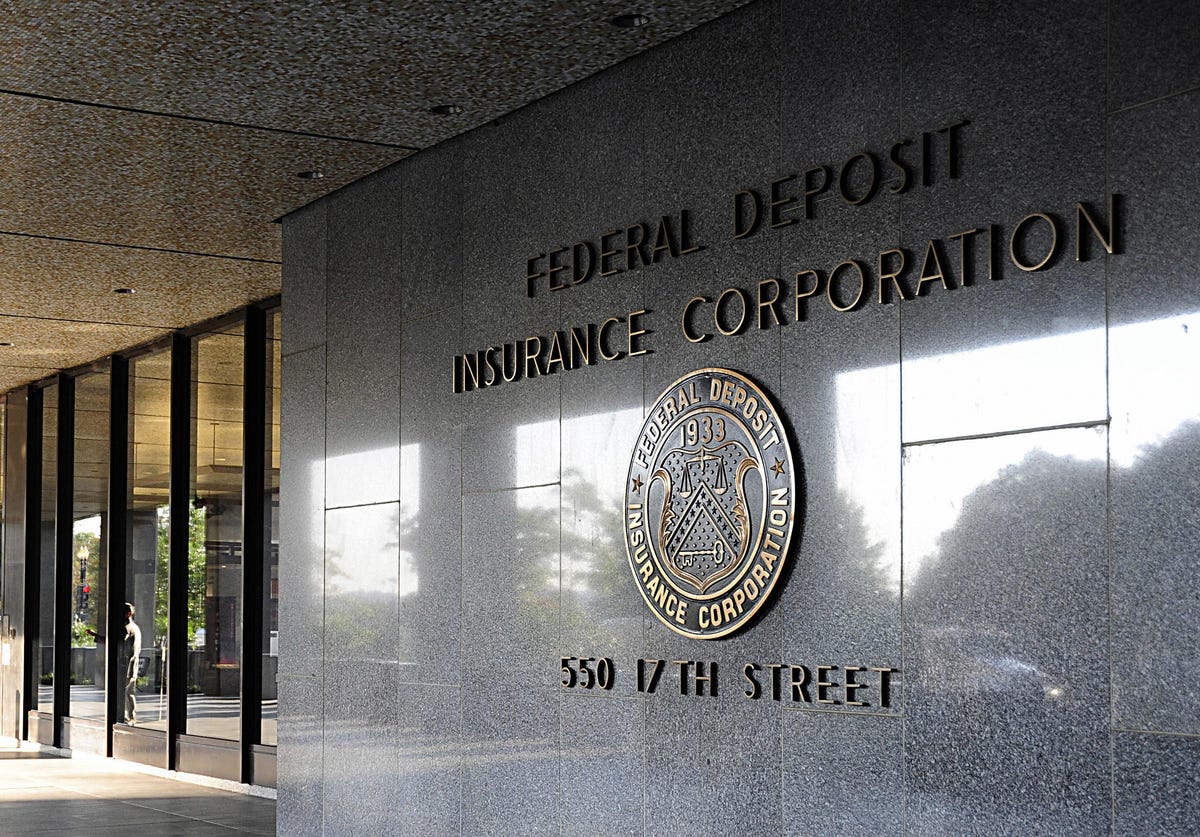In recent weeks, we experienced historic changes in the banking industry. A series of idiosyncratic events at a few specialized financial institutions led to a push to move deposits to the largest banks in the country in just a few days.
The concern among both consumers and businesses that their money may not be safe at a community or regional bank has broader implications for the industry. The strength of the U.S. economy is powered by our robust and diverse banking system. Banks are part of the public fabric and the funds in our system propel our economic vitality. The United States has nearly 4,700 banks in the country that vary in size, complexity, and business models, including 3,700 community banks that each serve an extensive variety of businesses across the country. Together, we safeguard $19.4 trillion in deposits and extend $12 trillion in loans.
Small and mid-size banks make up about 40% of lending in the U.S. and two-thirds of commercial real estate loans are issued by 75% of the community and regional banks. There’s no doubt that the U.S. banking system is unique and can effectively mobilize to support the diverse set of businesses in our country. This was clearly demonstrated through the deployment of the Paycheck Protection Program, with small banks deploying 60% of PPP loans.
The new narrative is that our banking system is challenged, and a continued shift to the largest banks could lead to a reduction in available credit. While two recent scenarios were attributable to deposit portfolios that were highly concentrated in a few specific industries, the safety of small and mid-size banks has been questioned.
Banks are in a new environment. What’s important now is that our banking system needs to find solid ground with a shift in its rules.
A recalibration of regulation is needed, beginning with FDIC insurance. Many businesses have considered shifting, and some have moved to larger institutions, even though they offer the same level of FDIC coverage as the regional and community banks. The reason for this is they are deemed too big to fail.
Many small and mid-size banks offer extended FDIC coverage through partnerships with a variety of private companies. While this is an effective tool for banks to have in their arsenal, it also demonstrates the need for additional security.
There have been a number of conversations calling for the FDIC to extend deposit insurance temporarily. This is reminiscent of the Temporary Account Guarantee Program put in place by the FDIC following the 2008 financial crisis. The program, for a short period of time, provided full insurance for non-interest-bearing accounts.
While a short-term solution may help instill confidence, a recalibration of bank rules — beginning with expanding FDIC limits — would serve as a benefit to all banks. The deposit swapping programs that smaller banks are leveraging are beneficial but speak to the broader need to revisit limits.
The current $250,000 was moved from $100,000 back in 2008 on the heels of the financial crisis. Indexed to inflation, this should actually be approximately $375,000 today. Therefore, a push to a $500,000 limit would level the playing field for smaller banks to compete and restore confidence among the American people that their funds are safe regardless of the size of the financial institution they bank with. Beyond that, all of the required components of our current financial system — the operating accounts for day-to-day activity — should be fully guaranteed.
The recent events in our system have been difficult, but every bank in this country has a critical part to play in our economy and in the lives of everyday Americans. We need to support banks of all sizes so they can better support their communities.
Read the full article here










